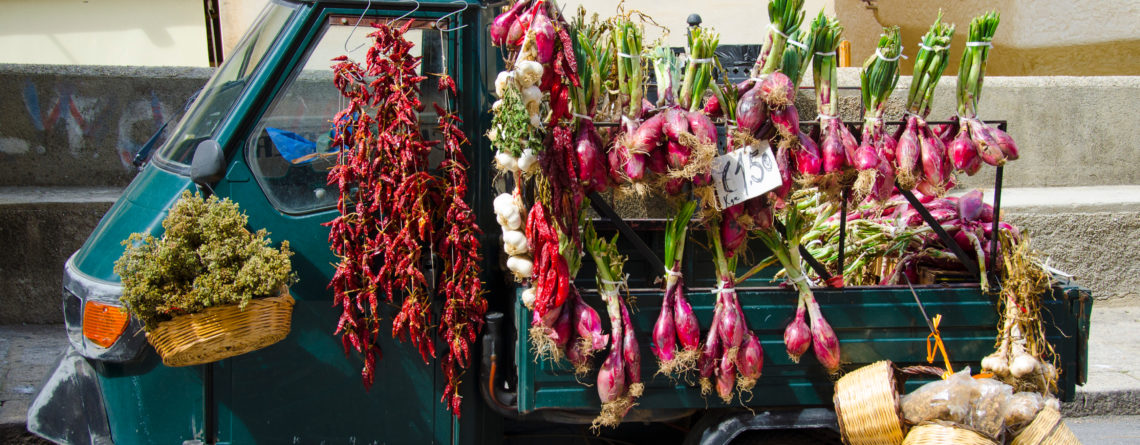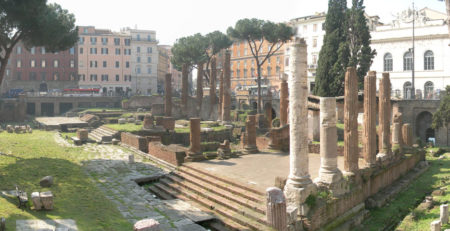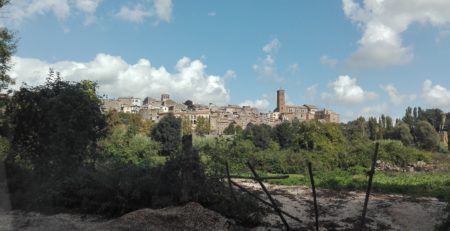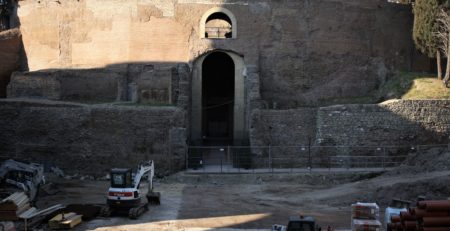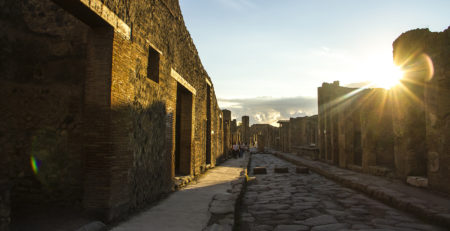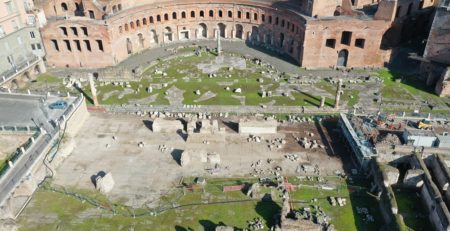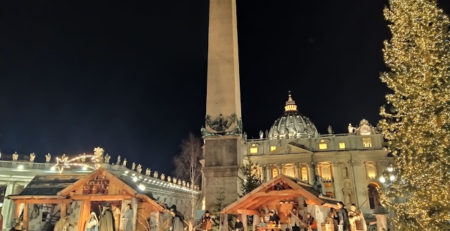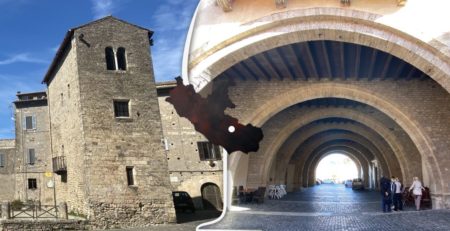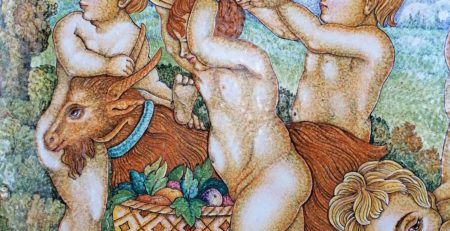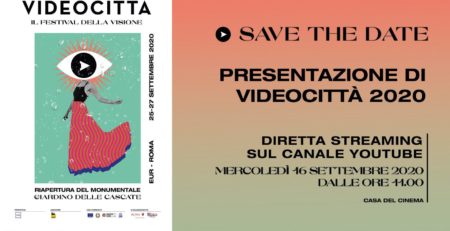Don’t be Shy, Visit Calabria & Basilicata: Get-To-Know Two of Italy’s Least Known Regions. Part 1. Calabria
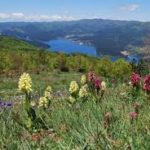
Even today, few people venture south with the exception of Sicily. We think they may be missing out on the Mezzogiorno’s (aka Southern Italy) wildest and most mysterious region: Calabria.
Calabria is what many people imagine when they think of Old Italy. Quaint villages where local baristas know your name and your family owns 90% of the town’s establishments. There is a saying in Calabria c’è tutto, or, Calabria has everything, and we want to show you how true that is. Welcome to Calabria, your oasis.
NATURE
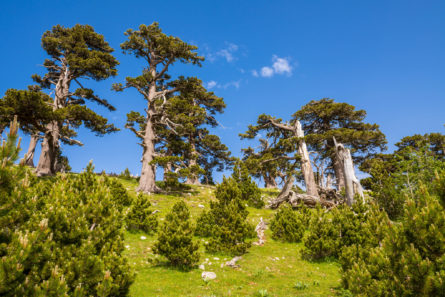
Calabria is known as the toe of Italy’s boot, and boasts incredible landscapes, combining mountains and sea. The region has three national parks (Pollino, Aspromonte, and Sila). The hills are green lined with olive, orange, and lemon trees. Calabria is bordered by Basilicata and sandwiched in between the Ionian and Tyrrhenian seas. It has 500 miles of turquoise watered coastline (almost 20% of the total Italian coastline) and no part of the region is more than 50km (about 31 miles) away from the coast. Main cities include: Catanzaro, Cosenza, Reggio di Calabria, Crotone, and Vibo Valentia.
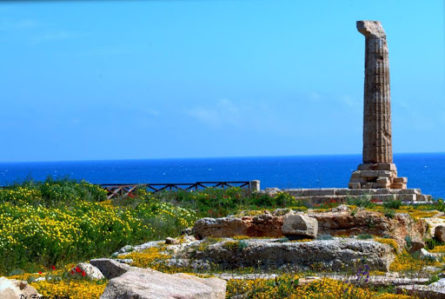
HISTORY & SMALL TOWNS
Did you know that this area was called Italia in ancient times? The name we use for the country today! Another theory states that Calabria derives from the Greek phrase “Kalos-bruo” meaning “fertile earth.”
Speaking of Greek, those interested in Greek history will find Calabria a great vacation spot, full of Greek ruins. Calabria’s history stretches back to the 8th to 5th centuries BCE. It was a colony of Greece known as Magna Graecia. The Italian philosopher, Giambattista Vico, once said, “At the time when Rome was a shepard’s village, Pythagoras was teaching in Crotone!”
After the fall of Rome, Calabria was ruled by the Byzantine empire for the best part of 600 years. A little piece of past Byzantine Greece can be found in the town of Stilo, in the shape of 10th century church.
From the Byzantine, began the height of the Medieval period. Another town gem is Gerace, often considered the best-preserved medieval village in Italy. It is sometimes referred to as “The Florence of the South” for its beauty and architecture. Or sometimes it is called the “City of Saints,” because it was once home to 128 churches! Now, only 19.
Gerace also hosts a Calabrian star, its Duomo. It is an 11th-century Norman cathedral and is the largest religious structure in Calabria. Special features include: cylindrical apses, Moorish-style arches and impressive marble columns. The Norman period is evident in Calabria as most of the region’s castles come from that era.
The “floating” town of Pentedattilo began in 600 B.C. The village seems to “float” on a cliff’s edge. Behind it is a rock shaped like the five-fingered Cyclops hand (hence the name Pentedattilo – penta means five). Nowadays, stepping into Pentedattilo is like visiting an old-west ghost town.
Our last little favorite town is listed as one of the 100 most beautiful villages of Italy by a prestigious association. I Borghi più belli d’Italia aims to preserve and maintain villages of quality heritage. Calabro Morano is famous for its labyrinth-like maze of Medieval houses, Baroque palazzi and Gothic churches. The town makes it easy for travelers to feel transported into Calabria’s diverse history.

STUNNING SEASIDE
To escape the Calabrian heat, copy the Italians and head to the beach. Calabria has ever-sprawling beaches of sand and pebbles with the dramatic cliffs that frame them. Calabrian beaches are the perfect destinations for any eco-travelers. In fact, this year, the oldest Italian environmental, non-profit organization, Legambiente, took note of Calabria. It honored many of the Calabrian beaches for their efforts and continued practices in sustainable tourism by maintaining healthy and clean seas.
Calabria’s coastlines have evocative names, like the Violet Coast, because of the sea’s deep purple hue at sunset. Or the Coast of the Gods, with its dramatic coastline. The Riviera of Cedars is where the region’s famous citrus fruit trees scent the air.
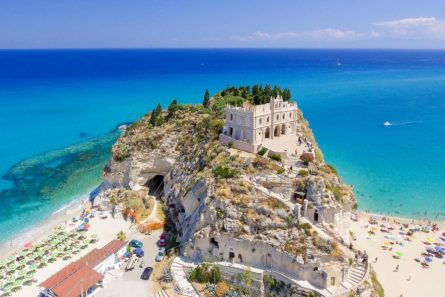
Most of Calabrian beaches are not simply seaside paradises. Their centro Storico (historic centers) boast a rich cultural and artistic heritage. Each town represents slices of history: Greek, Roman, Arab, Norman or Spanish.
Along the coastline, there are certain seaside towns and resorts you cannot miss. Tropea, with its 2 and ½ miles of pristine white beaches is consistently ranked among the cleanest in Italy. The most iconic view of Tropea is of the medieval Benedictine Sanctuary nestled on a rock overlooking the sea.
Scilla, nicknamed Little Venice has small streets that resemble the lagoon canals. The town is in front of the strait of Messina (so close to Sicily) and it’s skyline is dominated by the Ruffo Castle, a fortress built by the Dukes of Calabria. Scilla’s coastal district of Chianalea is also included on the I Borghi più belli d’Italia list.
On the Mediterranean coast of Calabria, the town Diamante sparkles like the gem it’s named after. Beyond its enticing waters, Diamante, is now a hub for street artists. There are more than 70 murals in all, painted by prominent artists. It also has an annual festival and museum dedicated to Calabria’s famous spicy pepper.
Clearly, Calabria is immortal, surviving centuries of cultural invasions, adapting local cultures to foreign ones, and creating a uniquely special region.
Contact Italy’s Best for more details and trip planning for transportation, touring, accommodations and more!

